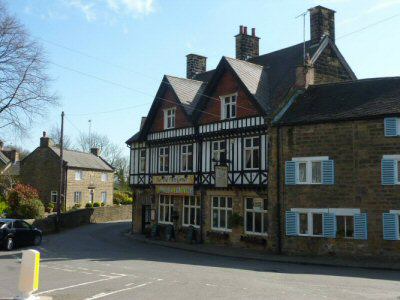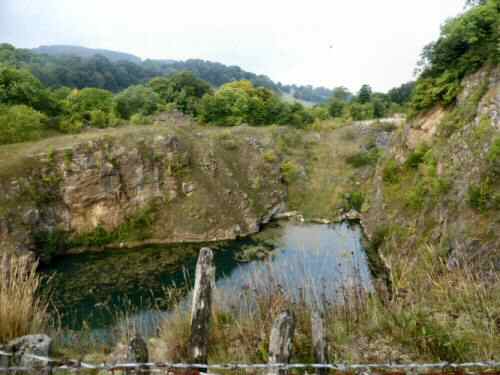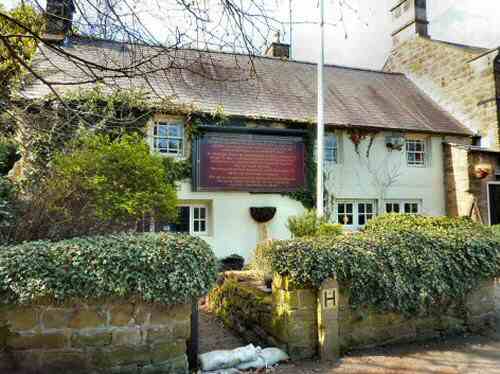ASHOVER
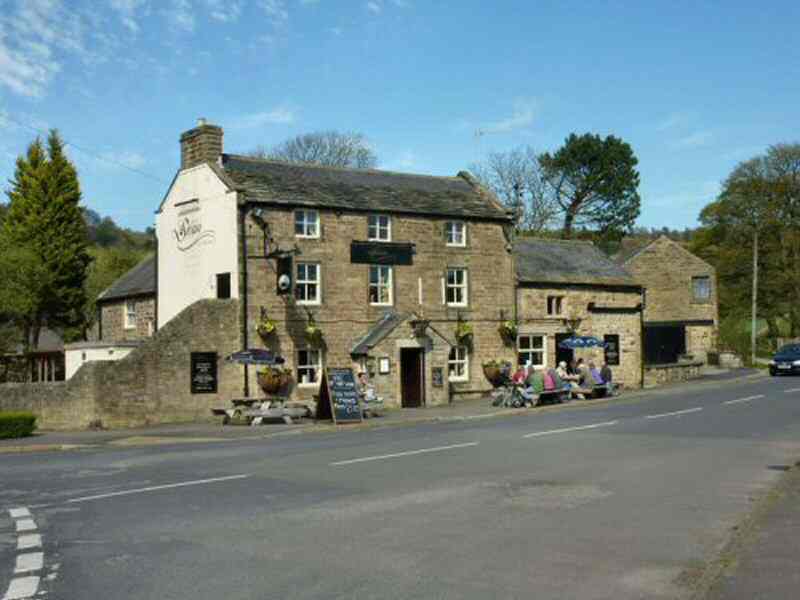
PLAN YOUR DAY OUT
Location: Turn off the A632 Matlock to Chesterfield Road at Kelstedge along the B6036. Ashover Car Park is on Alton Road, 50 yards past the Black Swan, overlooking the cricket ground and recreation field (SK350633).
Visit: Enjoy a stroll around this large, attractive village with several opportunities to partake in refreshments. – Ashover Rock, or ‘The Fabrick’ as it is also known locally. You can easily find it by following footpaths from the village, or by car from Alton Lane. The site has a formal Open Access Land designation, allowing the right to roam. There are superb views, and the reserve is an important habitat for wildlife. – Take a short walk into the surrounding countryside.
Refreshments: The village has three excellent pubs: the Black Swan, Crispin Inn and Old Poets Corner—Ashover Stamp Café, which is part of the village post office.
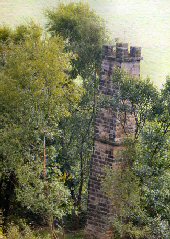
Walk: Ashover Walk is enjoyable and has good views of attractive North-East Derbyshire countryside. Plenty of evidence of the area’s former industrial past still exists, but much of it is concealed. So much so that in the early stages of the walk, a former fluorspar pit and several other workings are easy to miss. There are sightings of the former Ashover Light Railway track bed. The most impressive is the Gregory Mine, with its tall chimney remaining as if guarding the route to Cocking Tor. Alongside the track from the mine is a spring of clear water, and further on, paving slabs have been used to improve the surface where horses once trod.
Special Places of Interest in the Locality: Chesterfield, with its historic town centre and attractive cobbled marketplace, is a favourite place to visit. But most people look out for the famous ‘Crooked Spire’. Picturesque Queen’s Park, where Derbyshire played county cricket during festival week, is a bonus. – Ogston Reservoir, to the southeast of Ashover, provides good views in a relaxing setting and particularly interests those who enjoy bird watching. Other leisure activities include sailing, windsurfing, stand-up paddle boarding and trout fishing. Ellen MacArthur, the famous yachtswoman, trained at the reservoir. – Clay Cross is situated in attractive undulating countryside between Alfreton to the south and Chesterfield to the north. It straddles what was formerly a Roman Road, known as Rykneld Street, that later became part of the Derby to Sheffield turnpike road of 1756 and is now the A61. It is one of those places that many people tend to miss. But, if they would only stop and take the time to look around and delve into the town’s fascinating history, they would assuredly find much of interest.
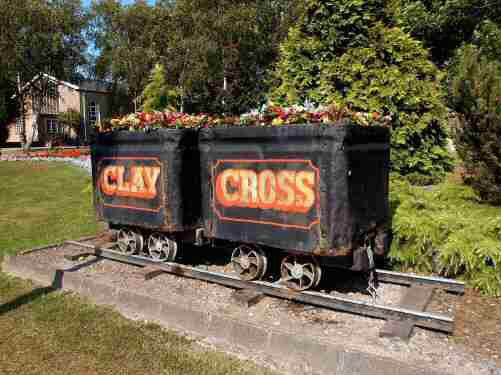
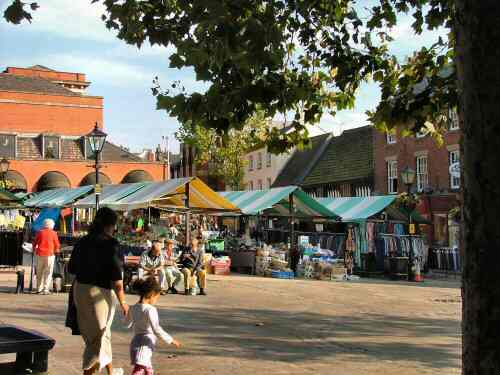
INTRODUCTION
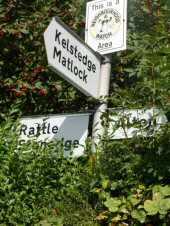
Ashover is an attractive village in northeast Derbyshire, lying in the beautiful Amber Valley surrounded by tree-clad hills. The centre is designated as a Conservation Area, and several buildings of historic interest have interesting tales to tell. What attracts visitors is the many beautiful walks to be explored.
The area around Ashover has a long history as an industrial centre, with quarrying and lead mining dating back to Roman times. But stocking frame knitting once rivalled lead mining in importance. It was based in that part of the village generally referred to as ‘Rattle’ because of the noise made by the machinery.
A cutlery business once flourished in the village. Men were known to walk to Sheffield to fetch and then carry back finished knives to ensure orders were completed on time. Nowadays, farming predominates, and the area still retains its rural charm.
WATER CURE
For a time, Ashover tried to join the water cure revolution. Ashover House Hydro was built in 1869, followed about ten years later by Ambervale and others. To try turning the village into a somewhat exclusive watering place for short- and long-term visitors. The industry’s success was comparatively short-lived and did not last until the end of the century.

THE VILLAGE AND THE CIVIL WAR
The village consists of a group of settlements centred around the church where the market was once held. Close by is the Crispin Inn and the Black Swan above, which, in a hollow, is where it is said the sport of bear baiting took place. The Old Poets’ Corner public house was voted East Midlands pub of 2015 by the CAMRA campaign for real ale group. Named after the patron saint of shoe, saddle and harness makers, the Crispin was once occupied by a cobbler. Outside, affixed to the front wall, is the famous signboard telling the history of the inn.
Built in 1877, the Parish Rooms (now known as the Bassett Rooms) still display the inscription, “Train up the child in the way he should go and when he is old he will not depart from it”.
During the Civil War, Ashover was a victim at the hands of both the King’s men and the Parliamentarians. The Roundheads, short of ammunition, demolished the church windows, used the lead to make bullets and reduced Eastwood Hall to ruins. All that remains of the hall today are the ivy-clad walls.
Royalists slaughtered pigs, sheep and fowl and drank all the wine and ale in the cellars of Eddlestow Hall while the owner, Sir John Pershall, was away. Job Wall, the landlord of the Crispin Inn, refused entry, telling them they had already had too much to drink. But they threw him out and drank the ale, pouring what was left down the street.
One of the parish church’s treasures is the lead font, which the vicar had the foresight to bury when he heard the Roundheads were coming to the village. Surprisingly, it is the only lead font that survives in Derbyshire, a county with such a rich history of lead mining.
LITERARY MATTERS
Born in 1627, Leonard Wheatcroft was a jack-of-all-trades. Along with his son, he acted as Ashover parish clerk for an interrupted period spanning 92 years. He kept a diary, and his writing is the best available account of 17th-century life in the village and the whole of the county.
Shortly after the First World War, the author, researcher, and publisher Cecil Lugard came to live in the village and recorded a wealth of local historical detail. He set up his own printing press, which he called ‘the Dirty Duck,’ at Wheatcroft Cottage. His book, Saints and Sinners of Ashover, certainly created a lot of interest!
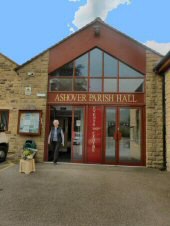
DOROTHY MATELY
Another local character, the disreputable Dorothy Mately, was well known as a swearer and thief. She was fond of saying, ‘I would God would make the earth open and swallow me up,’ if what she was saying was not true. Charged with stealing two pence by a young lad, she repeated her favourite saying, only for the earth to open up and swallow her. Probably, she fell down a disused lead mine. When she was dug up, the money was found in her pocket. This story was used by John Bunyan, the author of Pilgrim’s Progress, in his book Life and Death of Mr Badman.
THE COMMUNITY
Ashover’s community spirit was highlighted in 2005 when it won the prestigious Calor Gas Village of the Year for England award. The competition aims to support and promote village life and draws particular attention to the activities and events organised by villagers. The judges look for well-balanced, proactive, caring communities which, irrespective of size, have made the best of local opportunities to maintain and enhance the quality of life for all residents.
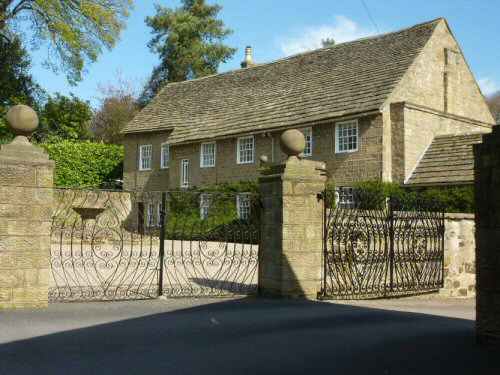
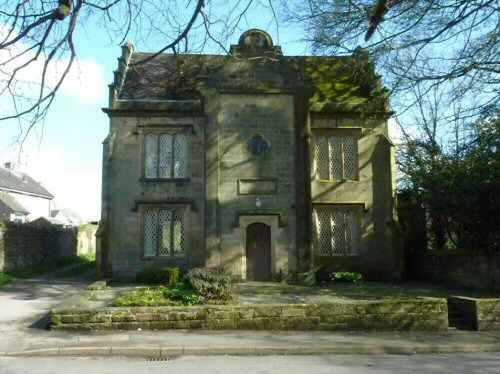
TEN FASCINATING FACTS ABOUT ASHOVER.
1. Overton Hall, just outside the village, was once the home of the famous naturalist Sir Joseph Banks, who accompanied Captain Cook on his first journey around the world.
2. The Bassett Rooms, formerly called the Parish Rooms, were renamed in honour of the Bassett family to mark the centenary year of Miss Elizabeth Bassett. Her family was in the confectionery business and created Bassetts Liquorice Allsorts.
3. The Bassett Rooms were originally built as a girls’ school in 1877. The introduction of Free State education in the late 19th and early 20th centuries made the school no longer necessary, and it was converted into Parish Rooms.
4. Ashover Parish Hall is near the village cricket ground and recreation area. Opened in the 1980s, it has become a popular venue for weddings, concerts, and family parties. Local clubs and societies also regularly use it.
5. In 1925, the Clay Cross Company opened the Ashover Light Railway to transport mineral deposits from the Overton Hall Estate seven and a half miles to its main works. The line also carried passengers using six American steam locomotives named after members of the Jackson family who owned the company: Hummy, Guy, Joan, Peggy, Bridget, and Georgie.
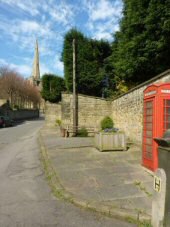
6. The railway was built almost exclusively of second-hand equipment from the War Disposals Department.
7. Initially, the line was very popular with tourists, but this soon slowed, and it ran its last passenger service in 1936, although excursions were still operated. The line closed in 1950.
8. The lead font in All Saints’ Church, c1150, was hidden by the vicar during the Civil War to prevent it from being melted down for lead shot. It was returned to its rightful place once Charles II was restored to the throne in 1660.
9. At the beginning of the Second World War, the pupils from Derby School were evacuated to Overton Hall. On its completion, the pupils were moved to Amber Valley Camp on Woolley Moor about five miles away. After the war, the school returned to St Helen’s House, Derby.
10. The River Amber is a tributary of the River Derwent. It rises a short distance to the north of Ashover and flows southwards through Ogston Reservoir to eventually join the River Derwent at Ambergate. It gives its name to the local government district of Amber Valley.
Ashover Walk
